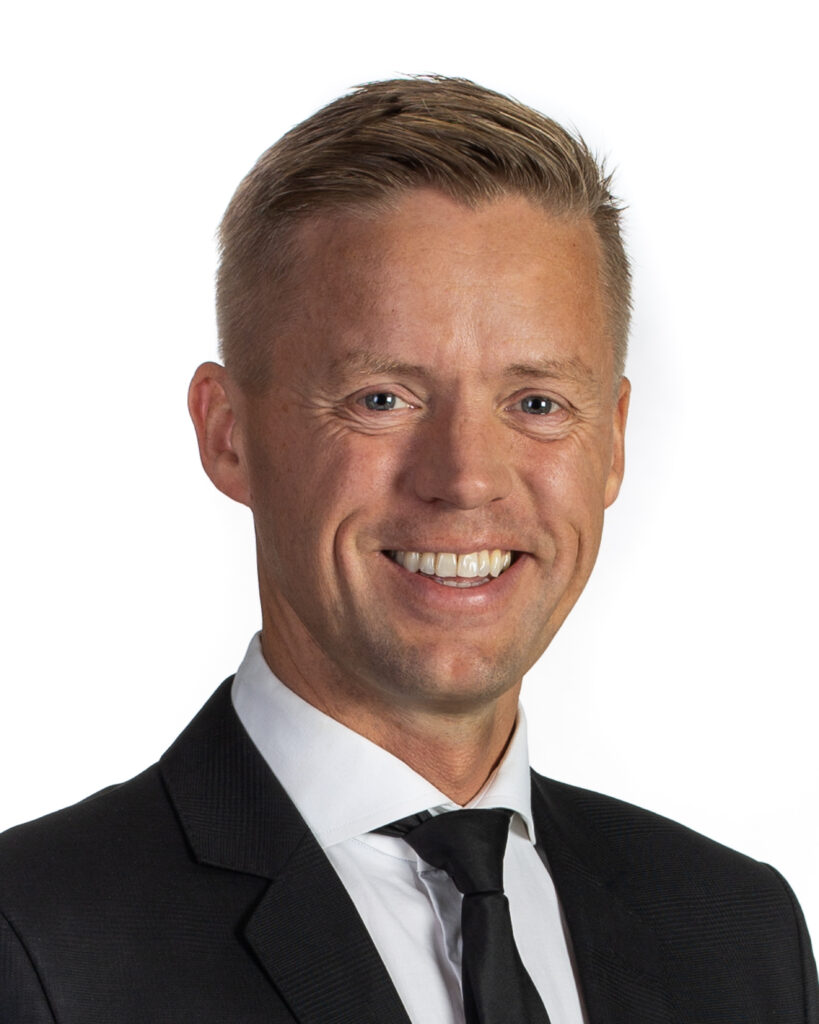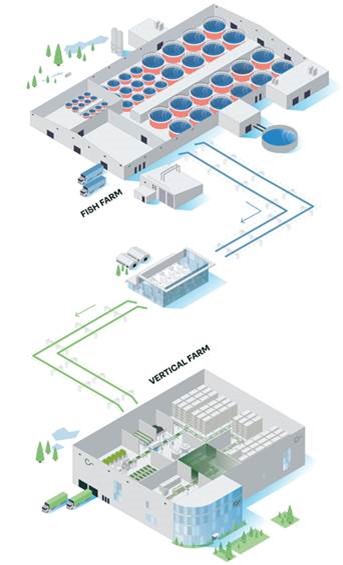Uniting agriculture and aquaculture
The startup is not your standard horizontal farm; they are a vertical farming company. Their aim is to produce quality plants to the Norwegian and European marked by uniting agriculture and aquaculture and creating an industrial symbiosis where resources are utilized to produce sustainable food, plants and energy.
Out of curiosity we asked CEO Ole André Nordal to answer two questions:
How will your solution contribute to reducing the footprint of a fish farm?

– We aim to develop a solution for turning unused aquaculture resources into valuable nutrients that can be utilized in various agricultural sectors, such as hydroponic indoor growth chambers or greenhouse farming, Nordal says.
Ole André Nordal, CEO in Columbi Farms
Growing in a hydroponic system means growing in water with added nutrients rather than soil. Since water from Recirculating Aquaculture fish farms contains valueable nutrients like phosphorus and nitrogen, Columbi Farms plans to use this as a resource.
– The global fertilizer crisis refers to phosphorus being a finite and scarce resource. Therefore, discharging it into open water means this valuable micronutrient is lost forever. Moreover, it can cause eutrophication, which occurs when water bodies become contaminated with minerals and nutrients, notably nitrogen and phosphorous, he explains.
– Thus, recycling these nutrients and making them bioavailable for agricultural practices will contribute to a sustainable agricultural closed-loop approach and a more sustainable aquaculture industry.

Columbi Farms’ solution can yield up to nine kilograms of edible greens for every kilogram of salmon produced, simply by reusing valuable nutrients from fish farms.
What are the benefits of vertical agriculture?
– With our vertical farm, we can supply healthy, tasty, and Norwegian produce year-round. Our concept is based on five main pillars, Nordal says refering to the figure below.

So, what differentiates Columbi Farms from other vertical farms and conventional agriculture?
Nordal refers to several differences, but highlights blue-green symbiosis and top quality through leading tech.
– Points of parity are common unique selling points used by other vertical farms. All focus on fewer resources spent with a high and stable quality. At Columbi Farms we deliver on all these points of parity. In addition, with our blue-green symbiosis, we go beyond. The industrial cluster at Malm aims to create a more cost-and resource-effective production, develop new industrial technology and yield profitable “spin-off” business models for fertilizer, knowledge, and water cleaning.

How interesting! We are exited to learn more about Columbi Farms circular innovation and to taste lettuce grown with nutrients from fish farms. Nordal and a coworker are also taking part in Seafood Circular, so we will likely learn more about their innovation there.